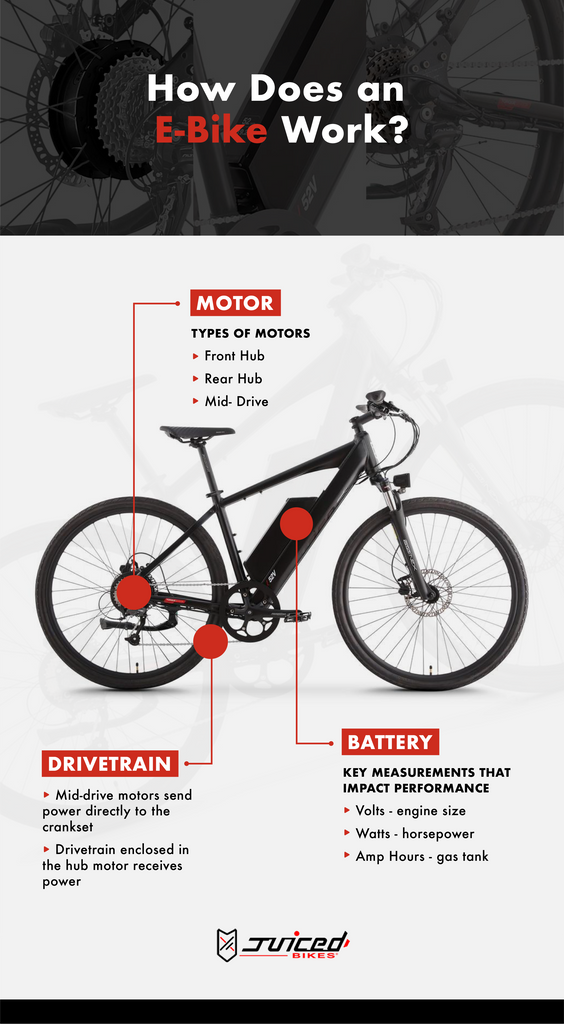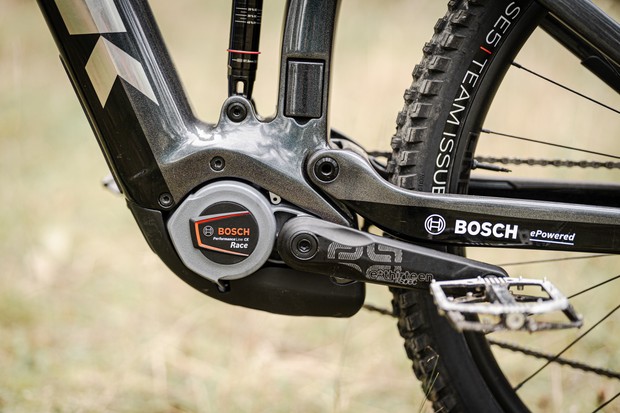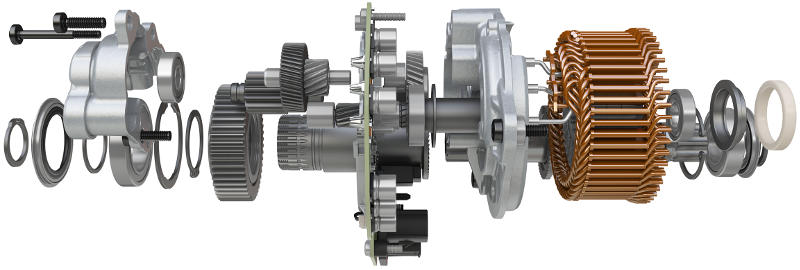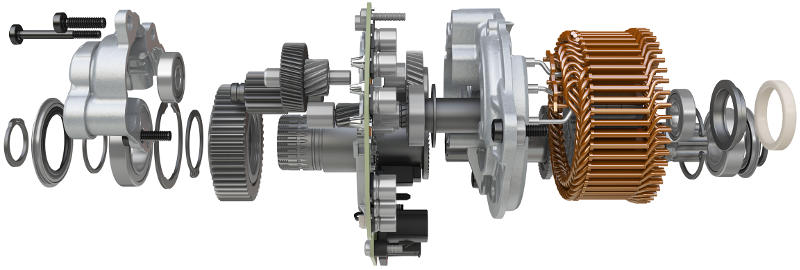If you’re curious about electric bikes and want to know more about the role of motors in their performance, you’ve come to the right place. In this article, we’ll take a deep dive into electric bike motors to understand their significance and how they contribute to the overall performance of these eco-friendly rides. From learning about the different types of motors to exploring their efficiency and market trends, we’ll cover it all. So, buckle up and get ready to explore the fascinating world of electric bike motors.
Electric Bike Motors Overview
Welcome to our comprehensive article on electric bike motors! In this article, we will provide you with a detailed introduction to electric bike motors, their functions, and their importance in determining the performance of electric bikes. We will also explore the different types of electric bike motors, including hub motors, mid-drive motors, geared motors, and direct drive motors. Additionally, we will compare these motor types in terms of efficiency, torque and power output, battery usage and range, ride comfort and handling, as well as cost and maintenance. Finally, we will discuss the various factors that influence motor performance, such as power and wattage, torque and acceleration, top speed, efficiency and battery life, motor controls and assistance levels, as well as the weight and size of the motor. So let’s dive in and discover the fascinating world of electric bike motors!

Introduction to Electric Bike Motors
What are electric bike motors?
Electric bike motors are the essential components that propel electric bikes forward. Unlike traditional bicycles, electric bikes are equipped with motors that provide additional power assistance, making it easier for riders to pedal and travel longer distances without getting exhausted. These motors are typically powered by rechargeable batteries and can vary in size, power output, and design depending on the specific needs and preferences of the rider.
Electric bike motor functions
The primary function of an electric bike motor is to assist the rider by providing additional power when pedaling. This power assistance can be controlled through various settings or assistance levels, allowing riders to customize the amount of assistance they receive based on their desired level of exertion. Electric bike motors also play a vital role in enabling riders to conquer challenging terrains, such as steep hills, without putting excessive strain on their muscles. Additionally, electric bike motors can contribute to increasing the overall speed and efficiency of the bike, allowing riders to travel at higher speeds with less effort.
Importance of electric bike motors in performance
Electric bike motors play a crucial role in determining the overall performance of an electric bike. The type of motor used, its power output, efficiency, and design all contribute to factors such as speed, torque, range, and ride comfort. Therefore, choosing the right motor for your electric bike is essential to ensure optimal performance. A well-designed and efficient electric bike motor can provide a smooth and comfortable riding experience, allowing you to tackle different terrains with ease and enjoy the benefits of electric biking to the fullest.
Types of Electric Bike Motors
There are several types of electric bike motors available in the market, each with its unique features and performance characteristics. Let’s explore the most common types of electric bike motors:
1. Hub Motors
Hub motors are the most popular type of electric bike motors and are typically located in the center of either the front or rear wheel. These motors are known for their simplicity, reliability, and quiet operation. Hub motors are available in two sub-categories: geared hub motors and direct drive hub motors. Geared hub motors utilize a system of internal gears to increase the torque and speed of the motor, while direct drive hub motors rely on a larger number of copper windings for power delivery.
2. Mid-drive Motors
Mid-drive motors, as the name suggests, are centrally located in the middle of the bike’s frame along the crankset. Unlike hub motors, which drive the wheel directly, mid-drive motors transfer power to the drivetrain of the bike, allowing the rider to take advantage of the existing gears. This results in more efficient power delivery, better weight distribution, and improved overall performance, especially when tackling steep hills or off-road trails.
3. Geared Motors
Geared motors, also known as internal gear motors, are similar to geared hub motors. However, instead of being integrated into the wheel hub, geared motors are positioned within the bike’s frame and transfer power to the drivetrain. This placement allows for better weight distribution, optimal torque transfer, and improved handling. Geared motors are often preferred by riders who prioritize agility, maneuverability, and a more natural pedaling experience.
4. Direct Drive Motors
Direct drive motors, also known as gearless hub motors, are characterized by their simplicity and durability. These motors do not have any internal gears and rely on a larger number of copper windings for power delivery. Direct drive motors are known for their high top speed, smooth and quiet operation, and low maintenance requirements. However, they tend to be heavier than other motor types and can negatively impact the overall maneuverability and handling of the bike.
5. Comparison of motor types
When comparing the different types of electric bike motors, there are several factors to consider, including efficiency, torque and power output, battery usage and range, ride comfort and handling, as well as cost and maintenance. Let’s take a closer look at these factors and see how each motor type performs:
Efficiency comparison
In terms of efficiency, mid-drive motors tend to be the most efficient due to their ability to leverage the existing gears of the bike. Geared hub motors also offer good efficiency, while direct drive motors are slightly less efficient due to their lack of internal gears.
Torque and power output
When it comes to torque and power output, direct drive motors typically excel, as they can deliver higher levels of torque and power. Geared hub motors and mid-drive motors also offer respectable torque and power outputs, while geared motors generally prioritize torque over speed.
Battery usage and range
Mid-drive motors are known for their efficient use of battery power, as they can leverage the existing gears to optimize efficiency. Geared hub motors and direct drive motors can also provide good battery usage and range, although direct drive motors tend to be slightly less efficient due to their higher weight and power demands.
Ride comfort and handling
Mid-drive motors offer excellent ride comfort and handling due to their central location and optimized weight distribution. Geared hub motors and geared motors also provide good ride comfort and handling, while direct drive motors may compromise maneuverability due to their increased weight.
Cost and maintenance
In terms of cost, geared hub motors are typically the most affordable, followed by direct drive motors and mid-drive motors. Maintenance requirements vary between motor types, with direct drive motors generally requiring less maintenance due to their simpler design.

Factors Affecting Motor Performance
Several factors can influence the performance of electric bike motors. Let’s explore these factors and understand how they can impact your riding experience:
Motor power and wattage
The power and wattage of an electric bike motor are crucial factors that determine its overall performance. Higher power and wattage motors can provide more torque and speed, allowing you to conquer challenging terrains with ease.
Torque and acceleration
Torque measures the twisting force exerted by an electric bike motor. Higher torque motors can accelerate faster and handle steep inclines more effectively, making them ideal for off-road or mountain biking.
Top speed
The top speed of an electric bike is determined by the motor’s power output and the assistance level selected by the rider. Different motor types have varying top speed capabilities, so it’s essential to choose a motor that aligns with your desired riding style and speed requirements.
Efficiency and battery life
Efficiency refers to how effectively an electric bike motor converts electrical energy into mechanical power. More efficient motors can provide longer battery life and allow you to travel greater distances without needing to recharge.
Motor controls and assistance levels
Electric bike motors often come with various control settings and assistance levels, allowing you to customize the power assistance based on your riding preferences. Having multiple assistance levels gives you versatility and control over the amount of effort you want to exert while riding.
Weight and size of the motor
The weight and size of the motor can significantly impact the overall handling and maneuverability of the electric bike. Consider the weight distribution and balance of the bike when choosing a motor, as a well-balanced bike will provide a more comfortable and enjoyable riding experience.

Conclusion
In conclusion, electric bike motors are the heart and soul of electric bikes, providing the power assistance needed to enhance the riding experience. Whether you prefer the simplicity of hub motors, the efficiency of mid-drive motors, the agility of geared motors, or the power of direct drive motors, there is a motor type that can cater to your specific needs and preferences. By understanding the various factors that affect motor performance, such as power, torque, speed, efficiency, and weight, you can make an informed decision when choosing an electric bike motor. So get out there, explore the world of electric biking, and enjoy the thrill of riding with the assistance of your trusty electric bike motor!




